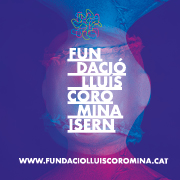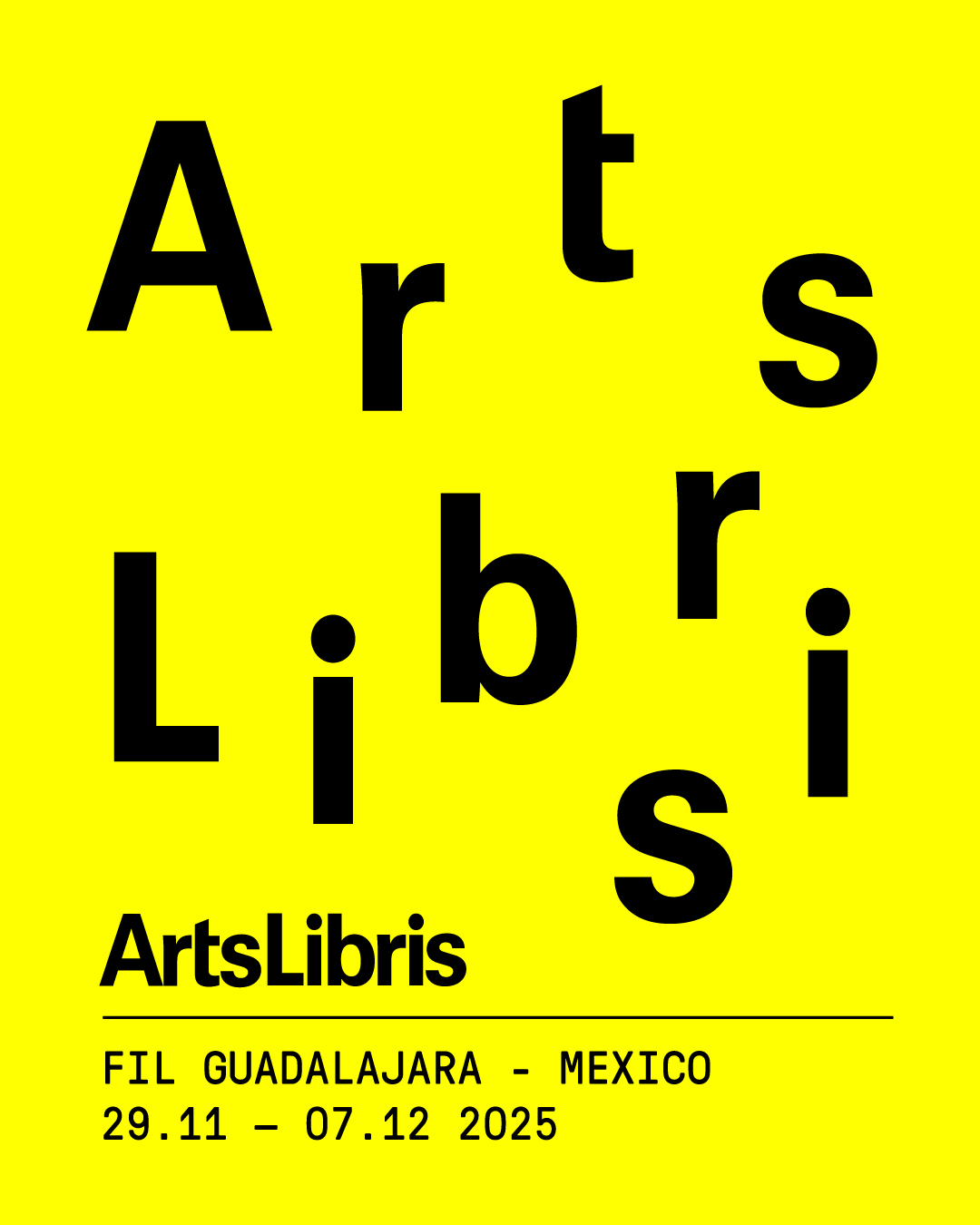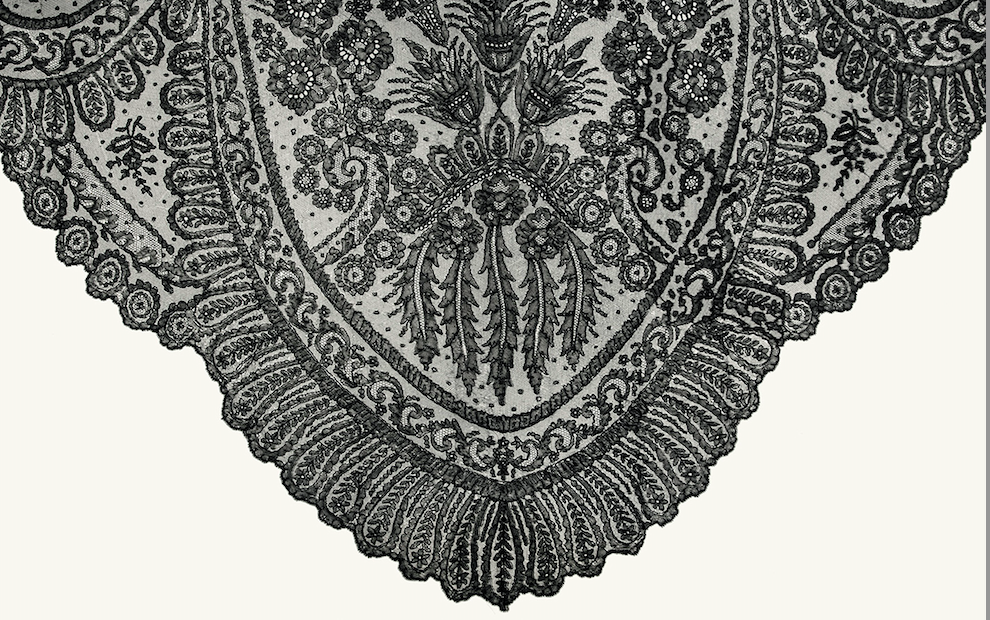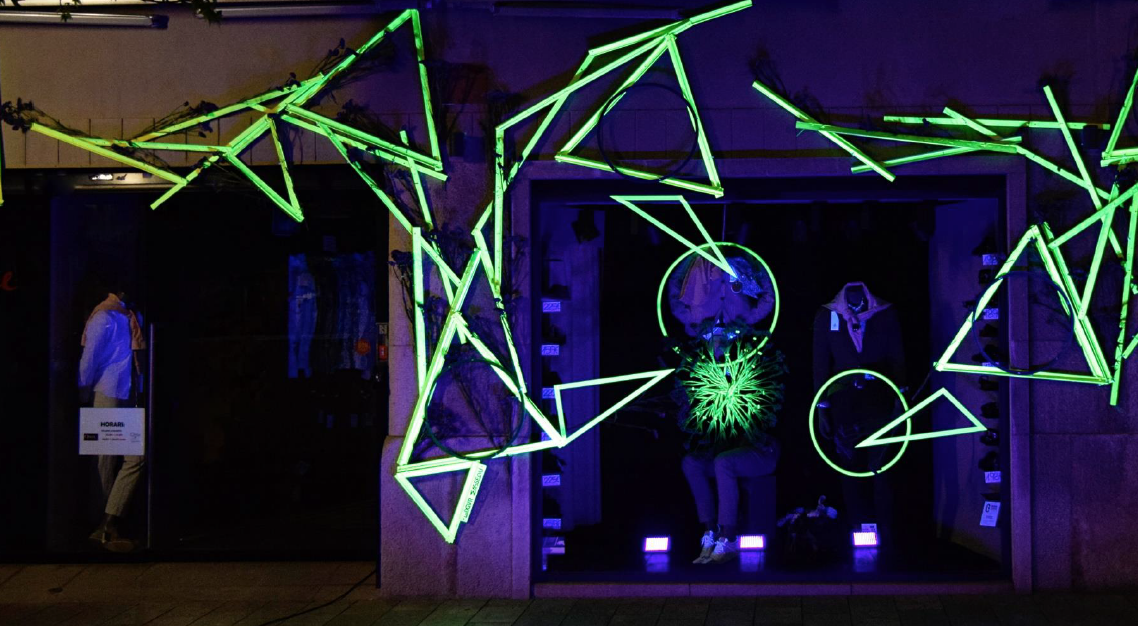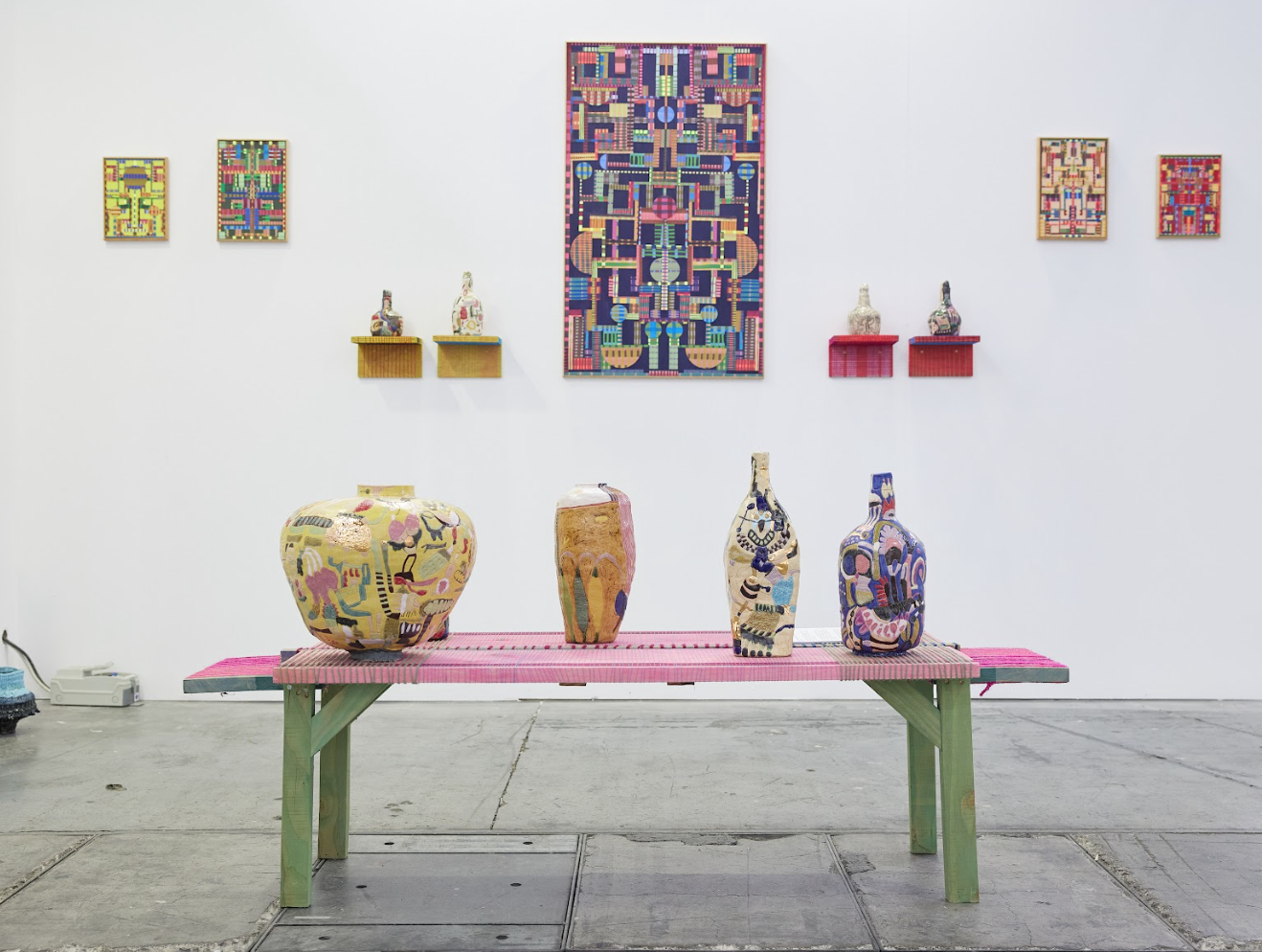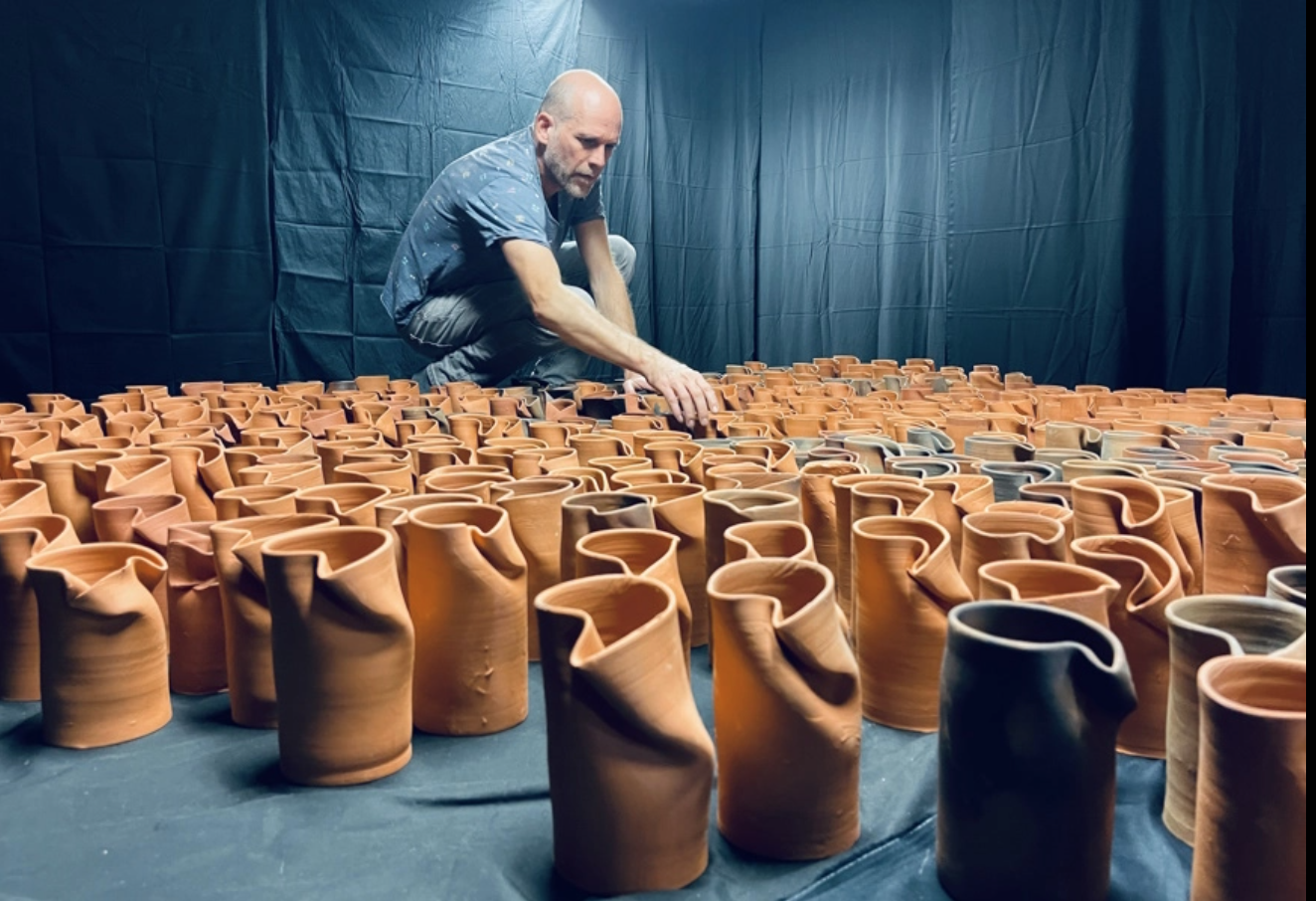Exhibitions
'Antoni Tàpies. The practice of art' at the Tàpies Museum in Barcelona
The Tàpies Museum in Barcelona opens 'Antoni Tàpies. The practice of art', a retrospective that traces the artist's career and aims to reflect on his artistic and intellectual legacy.
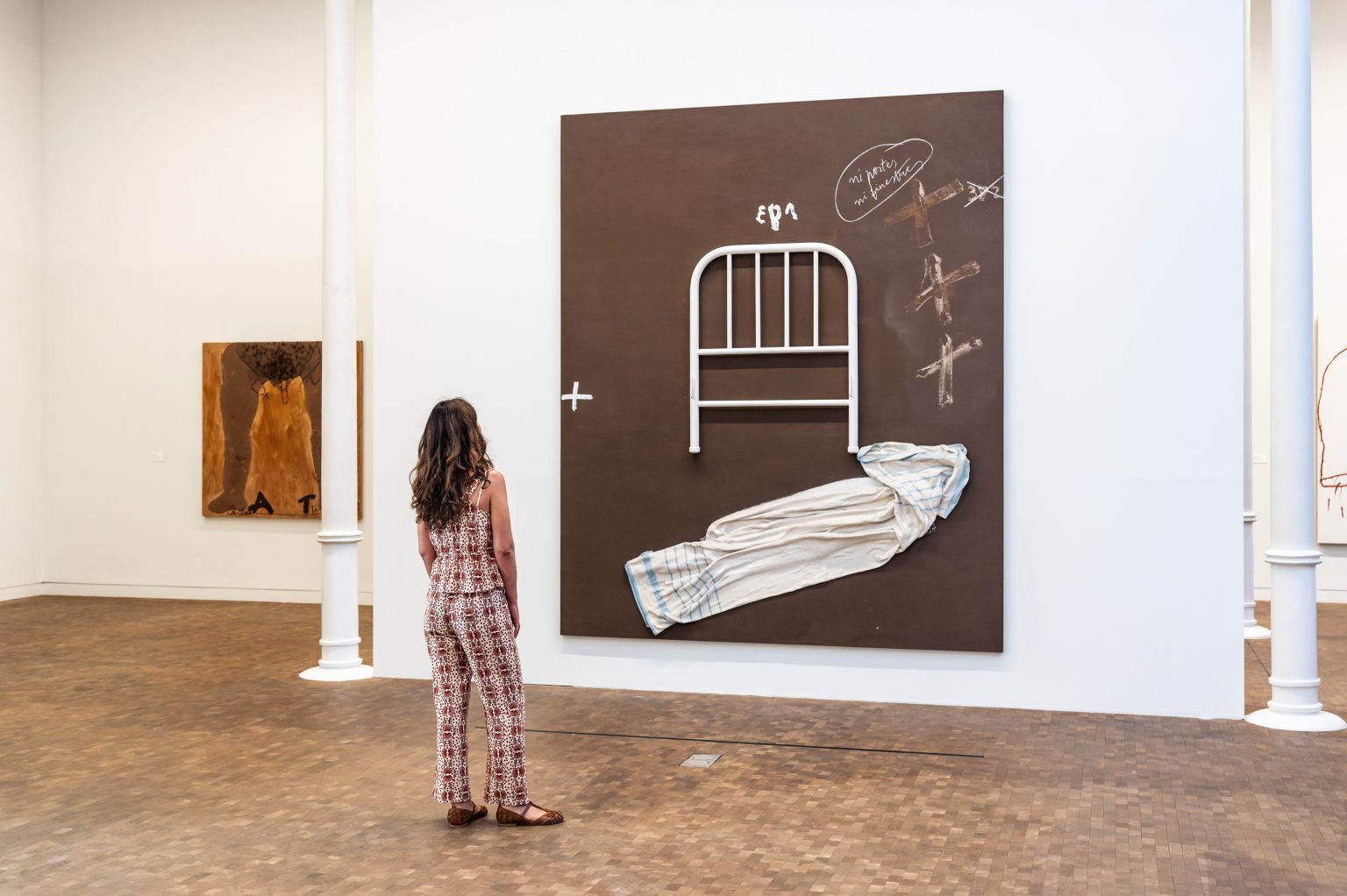
The Tàpies Museum in Barcelona presents Antoni Tàpies. The practice of art, one of the most comprehensive exhibitions on the artist's career, available to the public from 20 July. After touring the Palais des Beaux-Arts in Brussels and the Centro de Arte Reina Sofía in Madrid, this retrospective arrives in Barcelona with the aim of offering a comprehensive view of his work.
Manuel Borja-Villel, one of the most recognized specialists in the work of Tàpies, is the curator of this exhibition which seeks to revalue the artistic and intellectual legacy of Tàpies. Borja-Villel has conceptualized this project based on the connections between the artist's life and work, creating environments that reflect both his political and poetic sense.
The exhibition offers a synthesis of the artistic explorations that Tàpies carried out over the course of eight decades, from his first creations in the 1940s to his last works, completed shortly before his death in 2012. The artist experiment with various supports, techniques and materials, breaking with academic tradition and proposing new aesthetic forms to reflect on contemporary reality.
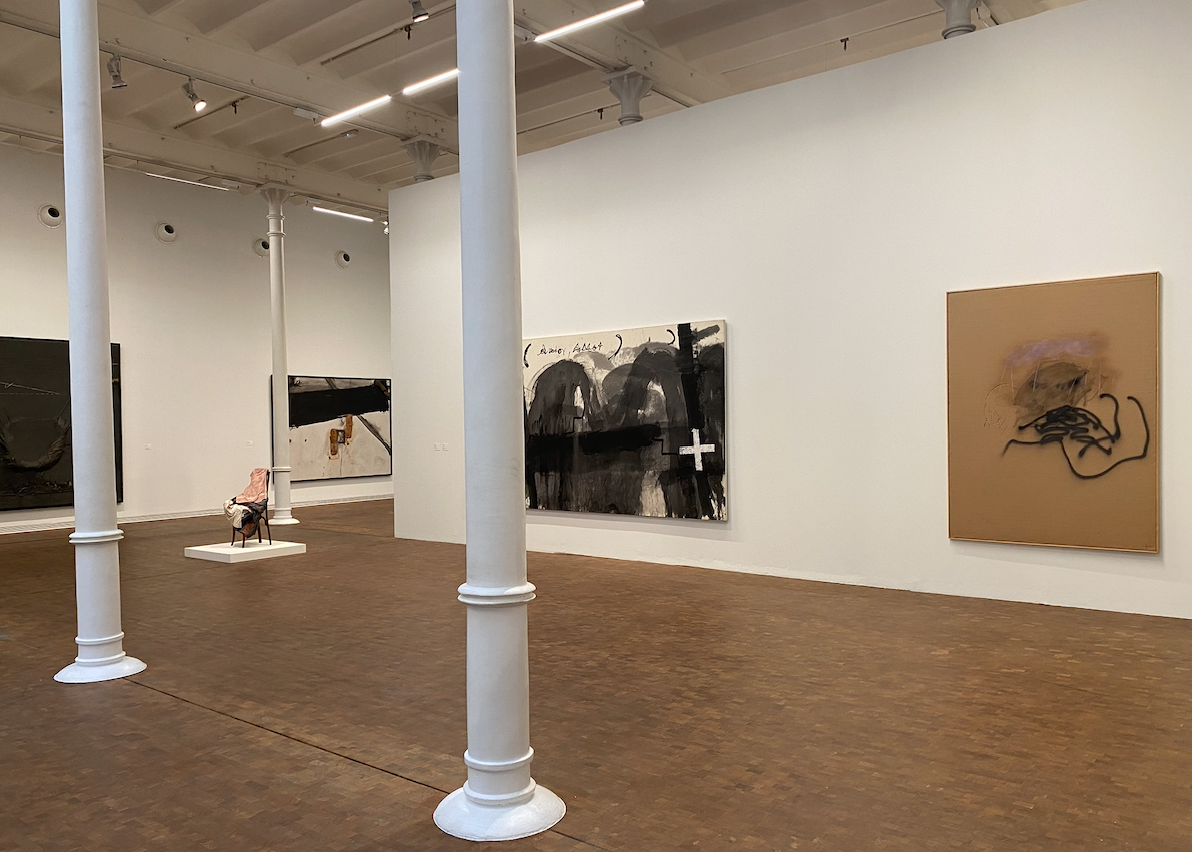
Organized in several environments, the exhibition offers a non-linear route. It begins with the self-portraits, used by Tàpies as a tool for introspection and exploration of the world and himself. Next, his avant-garde heritage and his link with the Dau al Set group, as well as his experimentation with materials in the 1950s, which led to the development of material paintings, in line with European informalism, are presented and American Abstract Expressionism.
The collection of exhibited works will also allow us to see how, during the decades of the 60s and 70s, Tàpies intensified his anti-Franco political commitment, using everyday objects in his works to express his political stance. These artistic tactics were combined with actions in support of democratic freedoms. In the decade of the 80s, his work was characterized by a dynamism that wanted to capture a reality in continuous transformation.

In its last stage, the celebration of its international recognitions and the opening of the Tàpies Museum in 1990 were combined with a certain melancholy and concern. His work evolved towards the overlapping and repetition of elements, reflecting his continuous artistic exploration.
A significant novelty of the exhibition is the inclusion of the artist's voice through interviews, documents, letters and notes, offering a more intimate and personal view of Tàpies. Thus, the exhibition not only allows us to explore his work, but also to generate spaces for thinking about his legacy. Among the activities scheduled as part of the Tàpies year, an international symposium stands out where thinkers, image theorists and historians will reinterpret their works. There will also be study days devoted to the works of the Teresa Series from a philosophical and poetic perspective and at the same time vindicating the figure of Teresa Barba, who accompanied Tàpies throughout his life.
This exhibition provides a unique opportunity to delve deeper into the artistic universe of Tàpies, understanding its evolution and the depth of its commitment to art and society.



